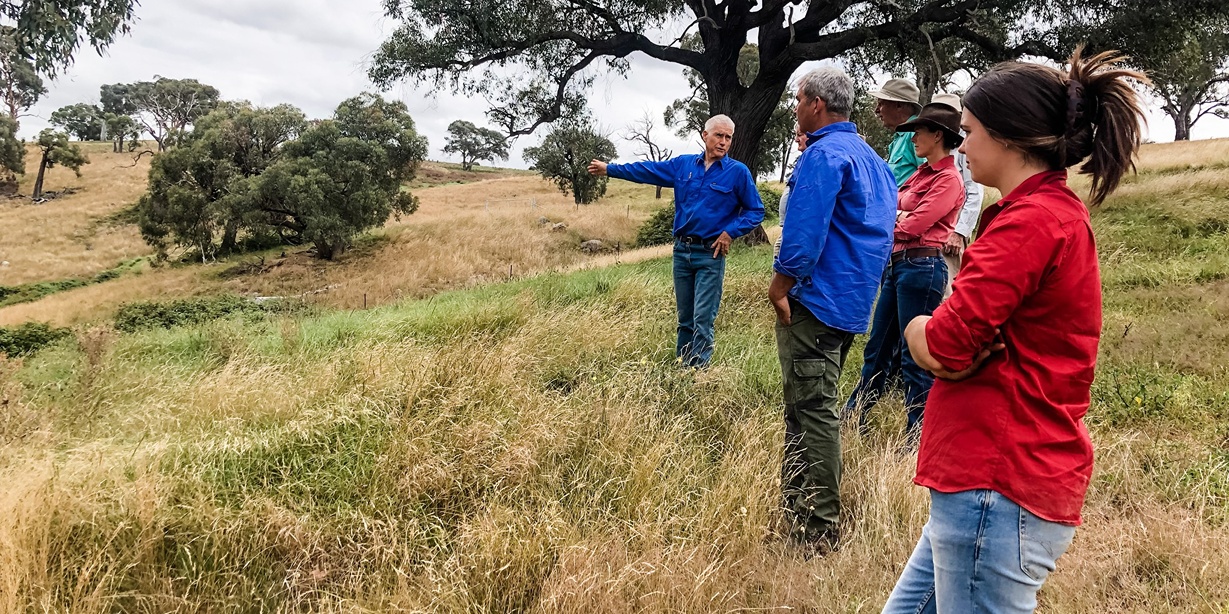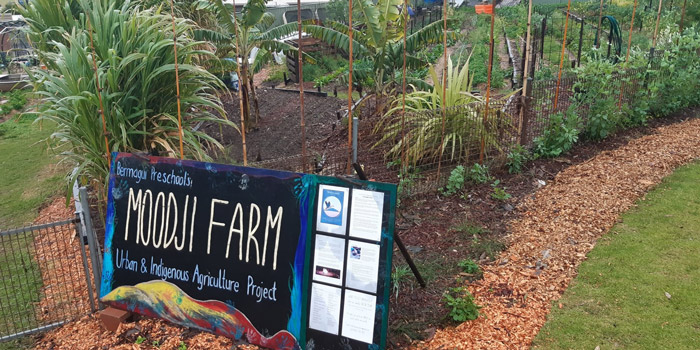Key points
- Agriculture in NSW is important for the state’s economy, industries, communities and food security.
- Different types of agriculture are suited to certain climates and need specific temperatures and amounts of freshwater.
- Climate change will affect agricultural production in NSW, with changing conditions potentially attracting new pests and diseases, and changing the areas that are suitable for farming.
- NSW is ensuring the future of its agriculture industries through government policies and programs and farm manager initiatives. These focus on climate smart agricultural practices, that aim to reduce greenhouse gas emissions and help farm owners and communities adapt to a changing climate.
The importance of agriculture in NSW
Agriculture is a major part of NSW’s $17.5 billion primary industries sector. It is a major source of jobs and industries across NSW, and many regional communities and livelihoods are formed around agricultural areas.
Most of inland NSW is part of the Murray–Darling Basin. The basin is Australia’s most important agricultural region, producing around one-third of the nation’s food.
Different types of agriculture are practised across NSW, depending on the region, including:
- crops such as legumes, rice, oil seeds and grains
- long-term plantations such as fruit trees and grapevines
- livestock such as beef and dairy cattle, sheep, pigs and poultry
- natural fibres such as wool and cotton.
Each agricultural commodity is affected by climate change differently.
How agriculture is affected by climate change in NSW
Agriculture is sensitive to extremes in weather and changes in climate. Climate change is already affecting the NSW climate in a few major ways:
- Less rain is falling in winter and spring. This reduces the amount of water available to grow crops.
- In some areas, rainfall events are occurring less often, but are more extreme when they do occur. Extreme rainfall can wash away soils and damage crops. The ground also cannot soak up as much water during a flash flooding event, which means the ground may still be dry even though it has just rained.
- Warmer temperatures are contributing to longer droughts and harsher fire weather. This can make land unsuitable for agriculture, lead to crop stress and attract new pests that thrive in warmer temperatures
- Warmer temperatures and drought are also contributing to animal stress, decreasing production and making animal welfare an issue.
These impacts are likely to become more severe in the future. Future projections also suggest that:
- increased carbon dioxide from greenhouse gas emissions may affect the growth and yield of crops
- damage to important ecosystems will have flow-on affects to farm health and productivity – healthy ecosystems benefit farms by controlling soil erosion and maintaining the quality of water for farm use
- less rainfall will cause catchments to dry up, which will affect irrigated crops because the dams do not have as much water to supply irrigators.
These current and future impacts affect how much food and fibre NSW can produce, and where it can be produced. Impacts to NSW’s agriculture industry will have flow-on affects to families, communities and industries involved with agriculture, and to the wider NSW and Australian population that depend on the food grown in this important region.
How agriculture contributes to climate change
Agriculture also affects climate change by producing greenhouse gases which cause our climate to warm. Around 13% of NSW’s greenhouse gas emissions are from agriculture. The main greenhouse gases produced by agriculture are methane, carbon dioxide and nitrous oxide.
Adapting agriculture in NSW
NSW is ensuring the future of its agriculture industries through government policies and programs and farm management initiatives. These aim to reduce greenhouse gas emissions from the agriculture industry and help farm owners and communities adapt to a changing climate.
The NSW Government’s Primary Industries Climate Change Research Strategy investigates ways for primary industries to be more resilient and able to adapt to a changing climate through policy, market and on-ground solutions.
The Primary Industries Productivity and Abatement Plan supports the agriculture industry and landowners to reduce their greenhouse gas emissions and participate in carbon offset programs.
Reducing and offsetting agriculture’s greenhouse gas emissions is a major part of ensuring the future for NSW agriculture. Farms across NSW are taking new approaches to reduce their greenhouse gas emissions, such as:
- shifting to different crops and livestock to suit changing weather and market conditions
- practicing regenerative agriculture, which may have less impact on the land in some situations
- dedicating parts of land to planting trees to offset greenhouse gas emissions, and provide environmental benefits to farmland
- using renewable energy sources.
They are also exploring ways to adapt farming practices to climate change.
Research is also being done to find ways of ensuring a continued agriculture industry and food supply, including developing crops and practices suited to future climate conditions, and changing the way land is used.
As the NSW climate changes, new regions may become suitable for agriculture. NSW agriculture industries are well-suited to taking up opportunities to reduce and offset greenhouse gas emissions, such as planting trees to capture carbon dioxide.
Related information
- Cotton in a changing climate - Cotton Research and Development Corporation
- Grains Research and Development Corporation - Australian Government Grains Research and Development Corporation
- Climate smart agriculture toolkit - Farmers for Climate Action
- Australian Bureau of Agricultural and Resource Economics and Sciences
- Seasonal Conditions and Drought - NSW Department of Primary Industries
- Climate Change Research Strategy - NSW Department of Primary Industries
- Livestock emissions - Australian Government Department of Agriculture, Water and the Environment
- Carbon farming initiative - Australian Government Department of Agriculture, Water and the Environment
Case studies
Murray River Council and WMLIG are finding adaptation with projects that grow jobs and agricultural productivity, protect biodiversity and build social capital.

Bowning and Bookham Districts Landcare spent two years building strong networks so the community is ready for local climate changes including drought.

Learn how Moodji Farm brings intergenerational collaboration to address climate change, support Indigenous heritage and build social resilience in Bermagui.
